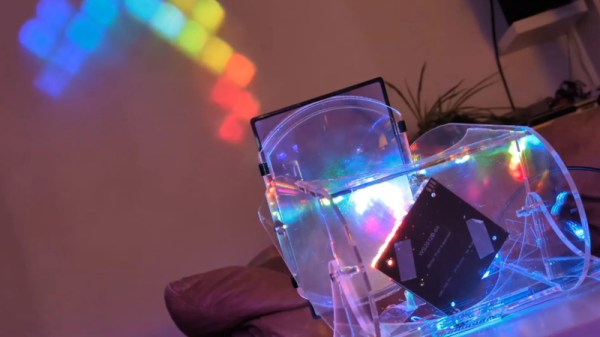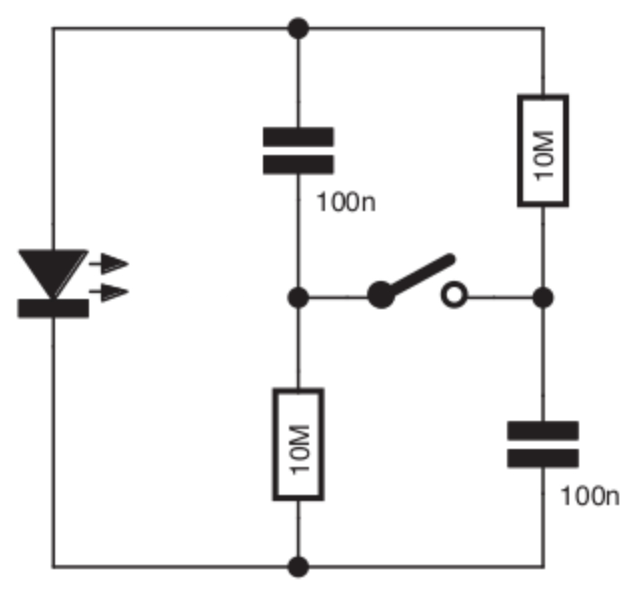If you had an array of high power addressable LEDs, how would you project them onto a wall? Perhaps you’d use a Fresnel lens, or maybe an individual lens on the top of each. [Joo] faced this problem when making a lighting effect using just such an array, and the solution they came up with used both.
The problem facing a would-be LED array projector is that should the lens be too good, it will project the individual points of light from the LEDs themselves, when a more diffuse point is required. Thus the Fresnel required the aid of a separate array of lenses, resin printed in one in clear plastic. From this we get some useful tips on how to do this for best lens quality, and while the result is not quite optically perfect, it’s certainly good enough for the job in hand.
The linked Printables page comes with all you need to make the parts, and you too can have your own projected LED effect. Now we want one, too! Perhaps we really need our own Wrencher signal instead.


















